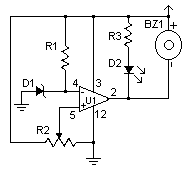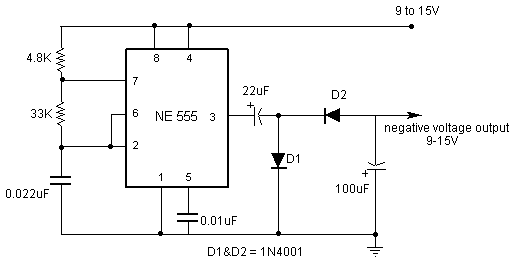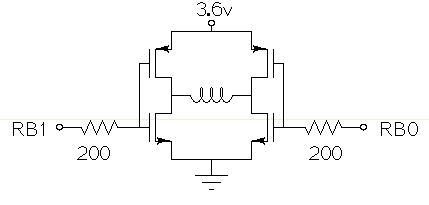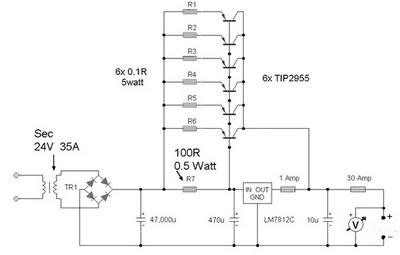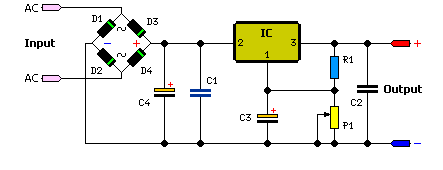
Ultra Low Power LCD
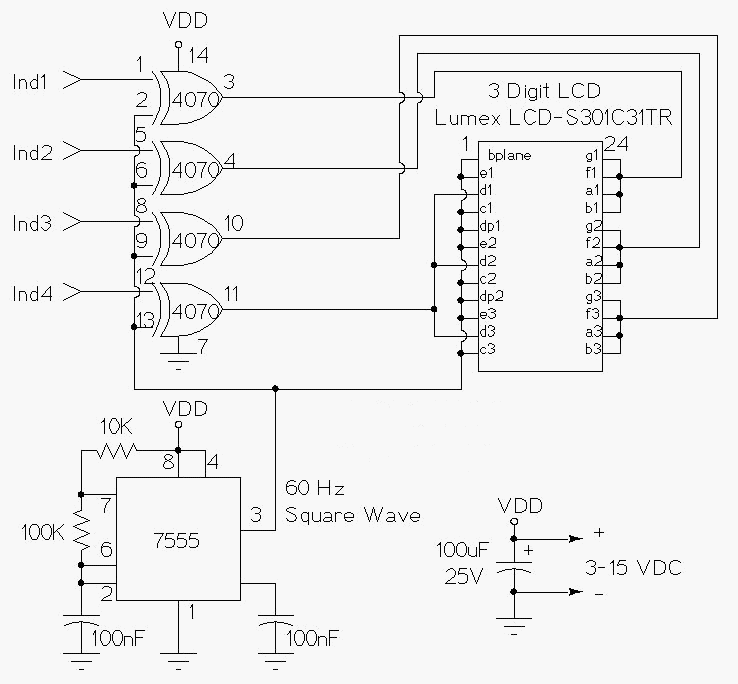
This circuit functions as an ultra-low power alternative to multiple LED on-off indicators. It is designed to be easily readable in full daylight conditions.
The described circuit employs a low-power microcontroller or a dedicated LED driver IC that manages the operation of several LED indicators. By utilizing a pulse-width modulation (PWM) technique, the circuit can effectively control the brightness of the LEDs, allowing for a clear visual indication even in bright environments.
The circuit typically includes a power supply section that ensures efficient operation at low voltage levels, which is crucial for minimizing power consumption. A voltage regulator may be incorporated to maintain a stable output voltage for the microcontroller and LEDs.
Input signals can be processed through digital pins of the microcontroller, which may be connected to various sensors or switches, enabling the circuit to respond to different conditions. The microcontroller can be programmed to activate specific LEDs based on these inputs, providing a visual feedback mechanism that is both intuitive and informative.
In addition, the circuit may feature a simple user interface, such as a button or a rotary switch, allowing users to select different modes of operation or adjust the brightness levels of the indicators. This enhances the functionality and user experience of the LED indicators.
For optimal performance, careful selection of LED types is essential to ensure they provide sufficient luminosity while maintaining low power consumption. The use of high-efficiency LEDs, such as those based on organic or super-bright technologies, can further improve the circuit's performance in daylight visibility.
Overall, this ultra-low power LED indicator circuit is an effective solution for applications requiring clear visual status indicators while maintaining energy efficiency.This circuit serves as an ultra-low power replacement for multiple LED on-off indicators. It also has the advantage of being easy to read in full daylight.. 🔗 External reference
The described circuit employs a low-power microcontroller or a dedicated LED driver IC that manages the operation of several LED indicators. By utilizing a pulse-width modulation (PWM) technique, the circuit can effectively control the brightness of the LEDs, allowing for a clear visual indication even in bright environments.
The circuit typically includes a power supply section that ensures efficient operation at low voltage levels, which is crucial for minimizing power consumption. A voltage regulator may be incorporated to maintain a stable output voltage for the microcontroller and LEDs.
Input signals can be processed through digital pins of the microcontroller, which may be connected to various sensors or switches, enabling the circuit to respond to different conditions. The microcontroller can be programmed to activate specific LEDs based on these inputs, providing a visual feedback mechanism that is both intuitive and informative.
In addition, the circuit may feature a simple user interface, such as a button or a rotary switch, allowing users to select different modes of operation or adjust the brightness levels of the indicators. This enhances the functionality and user experience of the LED indicators.
For optimal performance, careful selection of LED types is essential to ensure they provide sufficient luminosity while maintaining low power consumption. The use of high-efficiency LEDs, such as those based on organic or super-bright technologies, can further improve the circuit's performance in daylight visibility.
Overall, this ultra-low power LED indicator circuit is an effective solution for applications requiring clear visual status indicators while maintaining energy efficiency.This circuit serves as an ultra-low power replacement for multiple LED on-off indicators. It also has the advantage of being easy to read in full daylight.. 🔗 External reference
